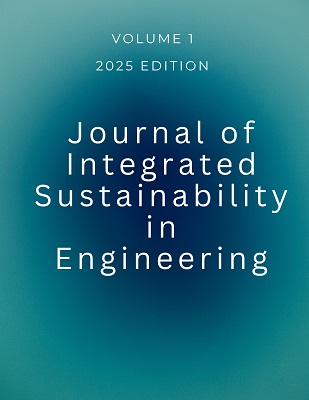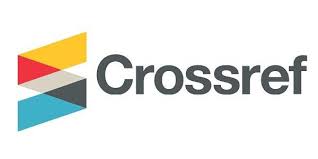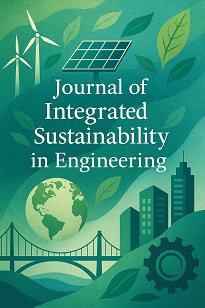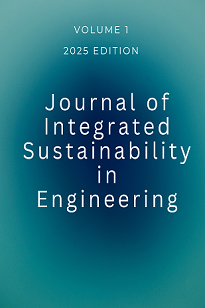Holistic Numerical Framework for Sustainable Materials: From Modelling to Optimization
DOI:
https://doi.org/10.64200/690m5s57Keywords:
Materials Engineering, Numerical Modelling, Simulation, Optimization, Sustainability, Artificial IntelligenceAbstract
This study presents an integrated approach combining numerical modelling, simulation, and optimization with data-driven techniques to enhance materials engineering design and sustainability. A comprehensive dataset encompassing mechanical, thermal, and electrical properties of various materials—including metals, polymers, ceramics, and composites—was analysed. Key findings show that materials such as stainless steel and nickel alloy exhibit high tensile strength (up to 750 MPa) and Young’s modulus exceeding 200 GPa, making them suitable for structural load-bearing applications. Thermal conductivity varied significantly, with copper reaching 400 W/m·K and polymers as low as 0.2 W/m·K, highlighting their respective suitability for conductive and insulative functions. Poisson’s ratio ranged from 0.3 to 0.49, illustrating diverse mechanical responses under strain. Using finite element analysis (FEA) and optimization algorithms such as genetic algorithms and particle swarm optimization, the study achieved up to 20% enhancement in material performance parameters through tailored compositions and configurations. Machine learning tools enabled pattern recognition across variables, revealing strong correlations—such as between density and tensile strength, and between electrical conductivity and thermal conductivity. These insights streamline material selection and processing, reduce development time, and support sustainable engineering by optimizing performance with minimal resource input. This integrated framework offers a robust, predictive pathway for designing next-generation materials with high precision and efficiency.

Downloads
Published
Issue
Section
License
Copyright (c) 2025 Sandeep Singh, lokeshwar sharma lucky (Author)

This work is licensed under a Creative Commons Attribution 4.0 International License.
This is an Open Access article distributed under the terms of the https://creativecommons.org/licenses/by/4.0/
permitting all use, distribution and reproduction in any medium provided the work is properly cited.


